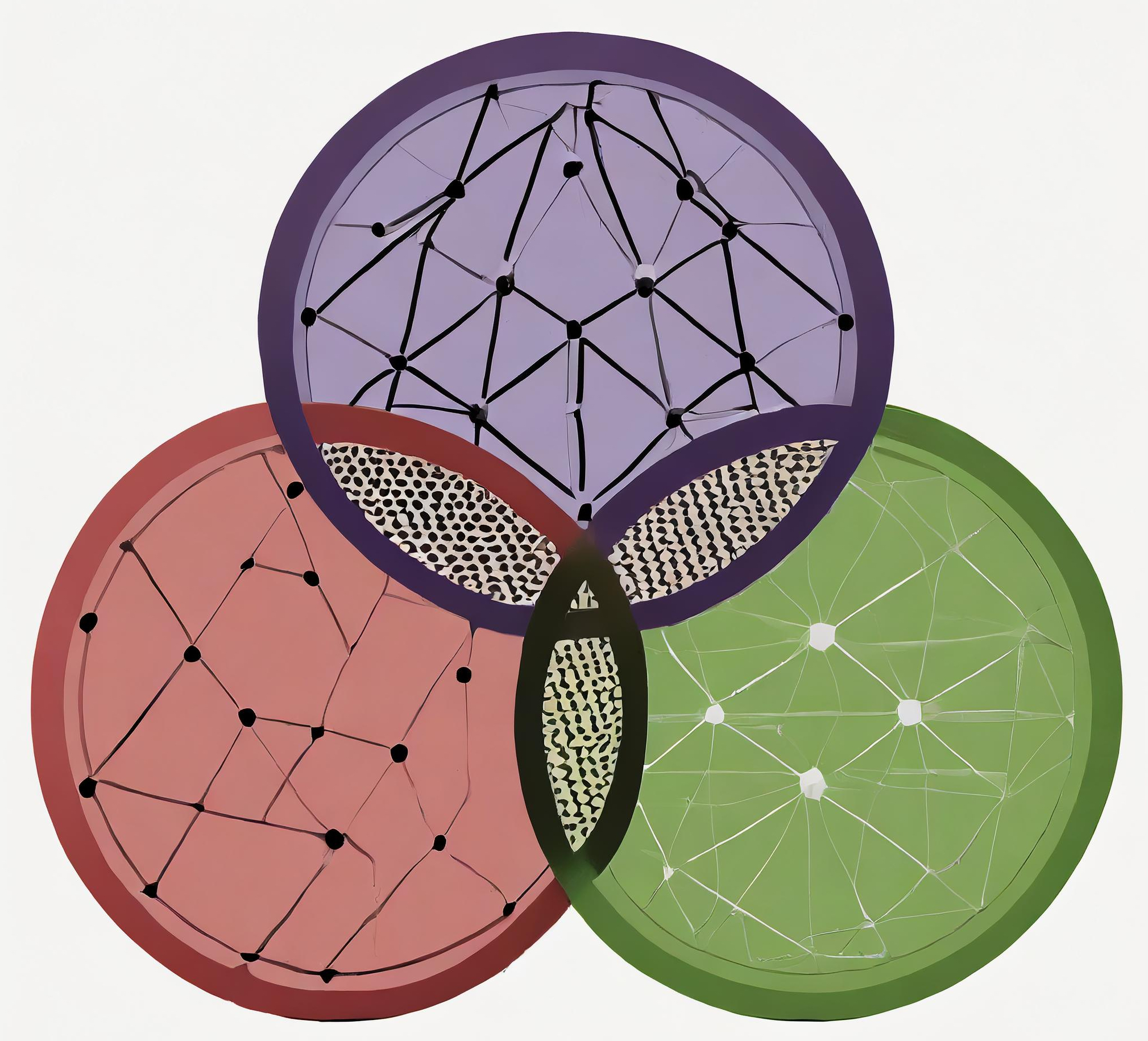Learning to Optimize (LearningToOptimize) package that provides basic functionalities to help fit proxy models for parametric optimization problems.
Have a look at our sister HuggingFace Organization, for datasets, pre-trained models and benchmarks.
Parametric optimization problems arise when certain elements (e.g., coefficients, constraints) may vary according to problem parameters. A general form of a parameterized convex optimization problem is
where
Learning to Optimize (L2O) is an emerging paradigm where machine learning models learn to solve optimization problems efficiently. This approach is also known as optimization proxies or amortized optimization.
In more technical terms, amortized optimization seeks to learn a function
Recent advances also focus on trustworthy or certifiable proxies, where constraint satisfaction or performance bounds are guaranteed. This is crucial in domains like energy systems or manufacturing, where infeasible solutions can have large penalties or safety concerns. Overall, learning-based optimization frameworks aim to combine the advantages of ML (data-driven generalization) with the rigor of mathematical programming (constraint handling and optimality).
For a broader overview, see the SIAM News article on trustworthy optimization proxies, which highlights the growing synergy between AI and classical optimization.
] add LearningToOptimizeThis package provides a basic way of generating a dataset of the solutions of an optimization problem by varying the values of the parameters in the problem and recording it.
The user needs to first define a problem iterator:
# The problem to iterate over
model = Model(() -> POI.Optimizer(HiGHS.Optimizer()))
@variable(model, x)
p = @variable(model, p in MOI.Parameter(1.0)) # The parameter (defined using POI)
@constraint(model, cons, x + p >= 3)
@objective(model, Min, 2x)
# The parameter values
parameter_values = Dict(p => collect(1.0:10.0))
# The iterator
problem_iterator = ProblemIterator(parameter_values)The parameter values of the problem iterator can be saved by simply:
save(problem_iterator, "input_file", CSVFile)Which creates the following CSV:
| id | p |
|---|---|
| 1 | 1.0 |
| 2 | 2.0 |
| 3 | 3.0 |
| 4 | 4.0 |
| 5 | 5.0 |
| 6 | 6.0 |
| 7 | 7.0 |
| 8 | 8.0 |
| 9 | 9.0 |
| 10 | 10.0 |
ps.: For illustration purpose, I have represented the id's here as integers, but in reality they are generated as UUIDs.
To load the parameter values back:
problem_iterator = load("input_file.csv", CSVFile)Instead of defining parameter instances manually, one may sample parameter values using pre-defined samplers - e.g. scaled_distribution_sampler, box_sampler- or define their own sampler. Samplers are functions that take a vector of parameters of type MOI.Parameter and return a matrix of parameter values.
The easiest way to go from problem definition, sampling parameter values and saving them is to use the general_sampler function:
general_sampler(
"examples/powermodels/data/6468_rte/6468_rte_SOCWRConicPowerModel_POI_load.mof.json";
samplers = [
(original_parameters) -> scaled_distribution_sampler(original_parameters, 10000),
(original_parameters) -> line_sampler(original_parameters, 1.01:0.01:1.25),
(original_parameters) -> box_sampler(original_parameters, 300),
],
)This function is a general sampler that uses a set of samplers to sample the parameter space.
It loads the underlying model from a passed file that works with JuMP's read_from_file (ps.: currently only tested with MathOptFormat), samples the parameters and saves the sampled parameters to save_file.
Then choose what values to record:
# CSV recorder to save the optimal primal and dual decision values
recorder = Recorder{CSVFile}("output_file.csv", primal_variables=[x], dual_variables=[cons])
# Finally solve all problems described by the iterator
solve_batch(problem_iterator, recorder)Which creates the following CSV:
| id | x | dual_cons |
|---|---|---|
| 1 | 2.0 | 2.0 |
| 2 | 1.0 | 2.0 |
| 3 | -0.0 | 2.0 |
| 4 | -1.0 | 2.0 |
| 5 | -2.0 | 2.0 |
| 6 | -3.0 | 2.0 |
| 7 | -4.0 | 2.0 |
| 8 | -5.0 | 2.0 |
| 9 | -6.0 | 2.0 |
| 10 | -7.0 | 2.0 |
ps.: Ditto id's.
Similarly, there is also the option to save the database in arrow files:
recorder = Recorder{ArrowFile}("output_file.arrow", primal_variables=[x], dual_variables=[cons])To train models to be able to forecast optimization solutions from parameter values, one option is to use the package Flux.jl:
using CSV, DataFrames, Flux
# read input and output data
input_data = CSV.read("input_file.csv", DataFrame)
output_data = CSV.read("output_file.csv", DataFrame)
# Separate input and output variables
output_variables = output_data[!, Not([:id, :status, :primal_status, :dual_status, :objective, :time])] # just predict solutions
input_features = innerjoin(input_data, output_data[!, [:id]]; on=:id)[!, Not(:id)] # just use success solves
# Define model
model = Chain(
Dense(size(input_features, 2), 64, relu),
Dense(64, 32, relu),
Dense(32, size(output_variables, 2))
)
# Define loss function
loss(x, y) = Flux.mse(model(x), y)
# Convert the data to matrices
input_features = Matrix(input_features)'
output_variables = Matrix(output_variables)'
# Define the optimizer
optimizer = Flux.ADAM()
# Train the model
Flux.train!(loss, Flux.params(model), [(input_features, output_variables)], optimizer)
# Make predictions
predictions = model(input_features)Another option is to use the package MLJ.jl:
using MLJ
# Define the model
model = MultitargetNeuralNetworkRegressor(;
builder=FullyConnectedBuilder([64, 32]),
rng=123,
epochs=20,
optimiser=Optimisers.Adam(),
)
# Train the model
mach = machine(model, input_features, output_variables)
fit!(mach; verbosity=2)
# Make predictions
predict(mach, input_features)
For ease of use, we built a general evaluator that can be used to evaluate the model.
It will return a NamedTuple with the objective value and infeasibility of the
predicted solution for each instance, and the overall inference time and allocated memory.
evaluation = general_evaluator(problem_iterator, mach)Future features:
- ML objectives that penalize infeasible predictions;
- Warm-start from predicted solutions.



